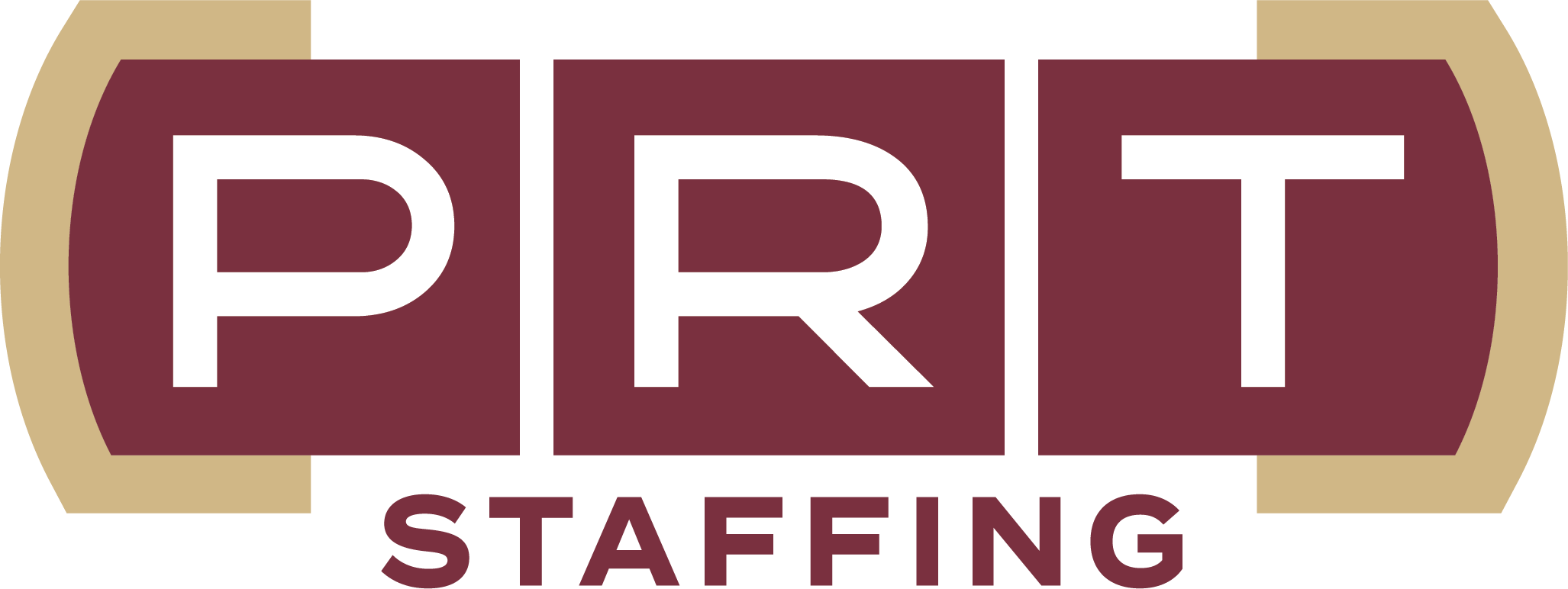Turning “The Great Resignation” Into A Win for Employees and Employers
The Great Resignation or The Great Reshuffling, whatever you call it, continues in the United States as almost half of American workers continue to say they are looking for a new job.
“The Great Resignation, also known as The Great Reshuffling, has been a hallmark of the U.S. labor market since spring 2021, when the economy began emerging from its pandemic hibernation and demand for workers grew among businesses,” CNBC reported in March 2022. “Job openings and quits swelled to historic highs, and layoff rates fell to record lows. Wages grew at a fast clip as businesses competed for talent.”
More than 8 Million+ Quit Their Jobs in January, February
The number of Americans quitting their jobs each month continues at record numbers with 4.258 million voluntarily leaving their work in January 2022 and 4.352 million more quitting in February 2022.
Last year, more than 48 million quit their jobs, an annual record with an all-time monthly record set in November 2021 with 4.510 million quits. The last 12 months quits numbers from the U.S. Bureau of Labor Statistics:
- February 2022: 4.352 million
- January 2022: 4.258 million
- December 2021: 4.403 million
- November 2021: 4.510 million
- October 2021: 4.132 million
- September 2021: 4.253 million
- August 2021: 4.126 million
- July 2021: 4.088 million
- June 2021: 4.035 million
- May 2021: 3.838 million
- April 2021: 4.015 million
- March 2021: 3.695 million
Survey: 44 Percent of Employees are “Job Seekers”
Willis Towers Watson’s (WTW) 2022 Global Benefits Attitudes Survey found that 44 percent of employees are “job seekers and 53 percent are open to leaving their employers.”
“The findings suggest that employees continue to job hunt at the same pace as last year and that the labor exodus is not yet over,” said Steve Nyce, senior economist, WTW. “Employers remain under pressure as many workers seek enhanced rewards, more job security, and different experiences. In many cases, employers are responding by boosting pay, enhancing health and retirement benefits, and offering more flexibility to not only find workers but also keep the ones they have from looking elsewhere.”
More than half of respondents (56 percent) cited pay as a top reason they would look for a new job. Two in five (41 percent) would leave for a 5 percent increase. In fact, one in five employees (19 percent) would take a new job for the same pay.
Other important factors cited by employees as reasons for accepting a position elsewhere include:
- Health benefits: 39 percent
- Job security: 33 percent
- Flexible work arrangements: 31 percent
“The data shows employees are prepared and open to go somewhere else,” Tracey Malcolm, WTWs global leader of the future of work and risk at the consulting firm, told CNBC.
4 Ways to Embrace “The Great Reshuffle”
Some labor experts see The Great Resignation or The Great Reshuffle not just in negative terms but in positive ways as employers and employees transform work together.
“Business as usual is never coming back. The status quo isn’t good enough anymore. The pandemic gave us all a moment of pause, to think about what we really want out of our life and career,” Marc C. Perna wrote in Forbes.
Perna’s article says there are four main areas where employers and employees can help make a fresh start:
- Flexibility: The TWT survey said one-third of workers were seeking a job elsewhere because of flexibility. While it’s unrealistic to expect an all-remote workforce going forward, employees that experienced WFH do not want to completely go back to the old office ways. 87 percent of employees, according to LinkedIn, would prefer to stay remote at least half the time, and only 13 percent want to work primarily in person in the future. A hybrid work model of in-office and remote is one popular solution. Perna argues that companies need to be more flexible and open to change in other areas too such as workspaces and rethinking company culture.
- Skills-Base Hiring: Companies should focus on the skills of candidates and not just their degrees or work experience. LinkedIn says that some high-profile companies have even stopped requiring bachelor’s degrees for many roles. Some companies have turned to staffing experts, such as PRT, to help build their teams with skilled workers.
- Reskilling and Upskilling: Employees are less likely to see work elsewhere if they are getting training opportunities for new skills at work. Both reskilling and upskilling can help future-proof your organization by giving your employees the critical skills needed to succeed.
- Reengaging Employees: The fact that employers are stopping and taking a hard look at what makes their employees happy (and unhappy) in their current jobs can open key lines of communication. Employees that think their employers understand and care for them are more likely to be engaged.





